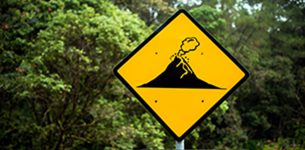Shingles Vaccination
Shingles is a condition associated with a painful, blistering rash. It is caused by the reactivation of the virus that causes Chickenpox (Varicella zoster).
Shingles, commonly known as herpes zoster, manifests as a painful rash. This ailment is triggered by the reactivation of the varicella zoster virus, the same virus accountable for causing chickenpox. After an initial bout of chickenpox, the virus typically lies dormant within the body, often without causing any noticeable problems. However, as the immune system naturally wanes with age, the previously inactive virus can reactivate, leading to the development of shingles.
Prevention
To guard against shingles, the recommended approach is to receive vaccination. Safe and efficacious vaccines are accessible through private channels for individuals aged 50 and above, as they are not covered by the NHS immunization program.
Countries at risk
Shingles is prevalent all over the world, and the fact that it is highly contagious means that anyone who is unvaccinated and exposed to the disease is almost certain to become infected.
Travel Precautions
It is generally acceptable to travel with shingles if your doctor deems you fit to fly and you comply with your airline’s health and safety regulations. Considering that shingles can be limiting and painful, careful consideration is essential before deciding to proceed with your travel arrangements.
Signs and Symptoms
Prior to the appearance of the rash, you might encounter itching, pain, or unusual sensations in the area that will be affected. Subsequently, a rash emerges, initially presenting as red spots that progress into blisters. The complete healing of these blisters may take up to four weeks.
Accompanying symptoms may include headaches, fatigue, and fever.


